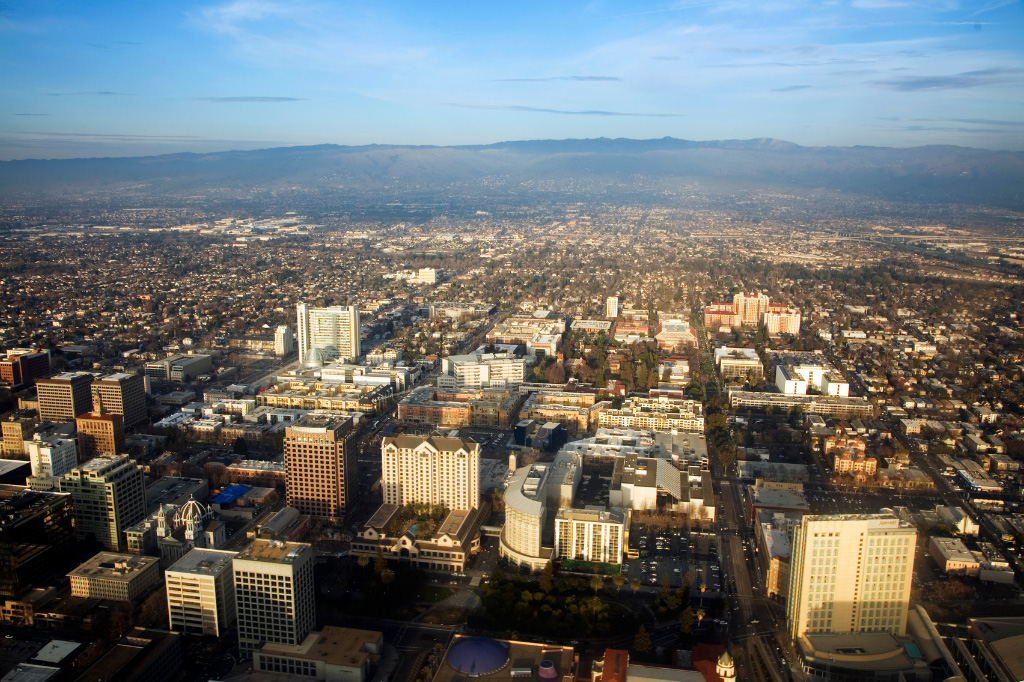
FOR IMMEDIATE RELEASE
September 11, 2024
MEDIA CONTACT:
Chloe Zilliac
chloe@sunstonestrategies.org
(650) 644-8259
Tryn Brown
tbrown@buildingdecarb.org
New CA building code will ensure vast majority of homes are built with heat pumps
Heat pumps cut air pollution, slash emissions, and improve climate resilience
SACRAMENTO — The California Energy Commission approved a new building code today that will ensure the vast majority of new homes are equipped with heat pumps for both space and water heating. Passage of the new statewide building code marks an enormous shift from just a few years ago when California was adding more new gas customers than any other state in the nation besides Texas.
The 2025 code expands the version adopted in 2022 by requiring heat pumps for both space and water heating in standard residential designs. Together with other changes to state policy such as the elimination of subsidies for gas lines to new homes and electric lines to new homes using gas, developers will have a strong market signal to build all-electric homes.
The proposed code also begins to tackle pollution from existing buildings by including provisions to upgrade to heat pumps when replacing gas rooftop units on commercial buildings, which account for approximately one-quarter of all commercial HVAC units in California. It also includes language as part of the Green Building Code that can be adopted by local governments to encourage heat pump adoption in single-family homes when central air conditioning units need replacement.
STATEMENTS:
“California is making a pivotal step towards all-electric homes with the 2025 Building Code, bringing us energy efficiency, cleaner air in our homes, and climate protections,” said Matt Vespa, senior attorney at Earthjustice. “The Building Code’s strong measures will likely result in the vast majority of new homes built in California being all-electric, leaving fossil fuels behind entirely. In a first for the nation, the 2025 code also begins to phase out methane gas in existing buildings with provisions to replace rooftop HVAC units in commercial buildings with electric heat pumps.”
“California continues to lead the nation on smart building codes. The 2025 code will save Californians money, increase comfort, and reduce the state’s dependency on fossil fuels,” said Merrian Borgeson, CA Policy Director, Climate & Energy, Natural Resources Defense Council (NRDC).
“Individual communities across California have been working toward clean and healthy buildings for years – and now the California Energy Commission is taking efficient space and water heating statewide for new homes,” said Anne Pernick, Senior Advisor with SAFE Cities at Stand.earth. “This new code will save energy, lower emissions, and decrease asthma and other risks in new residential buildings and speed up the transition in some existing commercial buildings. In the face of backlash from the gas industry, the California Energy Commission, local government leaders, air districts, and concerned neighbors are keeping up the fight to transition our buildings to clean and safe energy. This is a significant win for health, communities, and climate.”
“The California Energy Commission is making a leap forward with the 2025 building standards to prioritize zero-emission appliances for space and water heating,” said Ted Tiffany, Senior Technical Lead for the Building Decarbonization Coalition. “This enormous step will upgrade homeowners and businesses to healthier, more climate-resilient buildings that improve air quality across the state as we transition to a renewable and energy-efficient future.”
“As California swelters under record-breaking heat waves, the need for climate-resilient homes and businesses has never been more critical or apparent,” said Melissa Yu, Building Electrification Senior Field Organizer with the Sierra Club. “With this building code, new homeowners will soon see real, long-term savings from highly-efficient heat pump systems. Schools, office buildings, and other new small and medium-sized commercial buildings will also save money and curb pollution via heat pumps. This is a great step, and the CEC must continue to expedite our transition to clean electric technologies.”
###
The Building Decarbonization Coalition (BDC) aligns critical stakeholders on a path to transform the nation’s buildings through clean energy, using policy, research, market development, and public engagement. The BDC and its members are charting the course to eliminate fossil fuels in buildings to improve people’s health, cut climate and air pollution, prioritize high road jobs, and ensure that our communities are more resilient to the impacts of climate change. Learn more at www.buildingdecarb.org.
